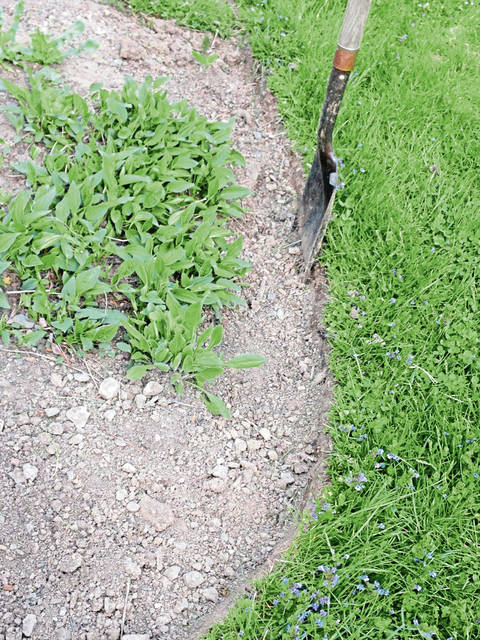Question: A friend was telling me how she pinches back a lot of her perennials this time of year because it keeps them shorter and then she doesn’t have to stake them. She says it doesn’t hurt their flowers, but I don’t understand how that can be. I know you pinch back mums, but are there other plants you can pinch without removing their flowers?
Answer: Pinching is an important practice for certain plants, though it certainly isn’t a necessary one. Pinching removes the growing point of each plant stem, which encourages branching. As a result, it also keeps the plant more compact.
Pinching back a plant removes the initial flower bud. This causes the pinched shoot to develop into two new branches. Eventually, the now-branched stem will form two new flower buds, essentially doubling the number of flowers by going from one flower bud to two.
Pinching also delays the flowering period by a few weeks, extending the garden’s bloom time, if it’s done properly.
While you can pinch back every stem on a particular perennial, I find it’s better to remove the growing tips of only half of the stalks in each clump. This means that those stems left unpinched will flower first. Then, the stems that were pinched continue to develop and produce flowers several weeks after the first batch have faded. Pinching can cause a single plant to be in bloom for two or three months, instead of three or four weeks!
It’s important to realize, however, that not all perennials respond to pinching. If you pinch a perennial that forms only a single flower bud or stalk per year, you’ll be removing the opportunity for it to flower, rather than encouraging more blooms. For example, never pinch a peony or any plant with elongated, blade-like foliage such as iris, daylilies, red hot pokers, true lilies and ornamental grasses. Others on the do-not-pinch list are those that generate their flower stalks directly from the base of the plant, rather than from atop a leafy stem. Plants on this list include hostas, astilbes, and coralbells.
Pinching should take place here in Pennsylvania sometime in mid- to late June. Don’t pinch later than July 4 as it does not allow the plant enough time to form flower buds before the end of the season. In other words, it delays the blooming too much!
To pinch perennials, use a clean pair of shears or your thumb and forefinger to remove the top few inches of growth. You can remove up to half of the plant’s height. I selectively remove every other stem tip until about half of the stalks have been pinched. Other gardeners pinch back the entire plant.
Here are some common perennials that respond well to pinching: phlox, monarda, sedums, mums, asters, helenium, monkshood, obedient plant, Joe-pye weed, iron weed, Russian sage, heliopsis, veronica, veronicastrum, boneset, artemisia, turtlehead and nepeta.
By pinching back certain plants, you can extend your garden’s bloom time, increase the number of beautiful blooms, and keep tall, lanky plants more compact.








